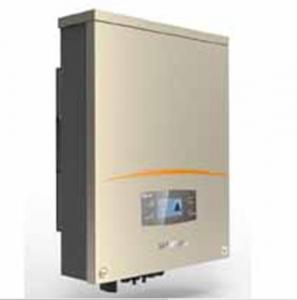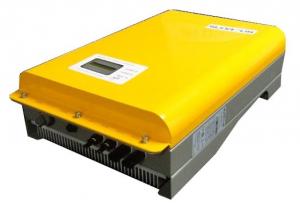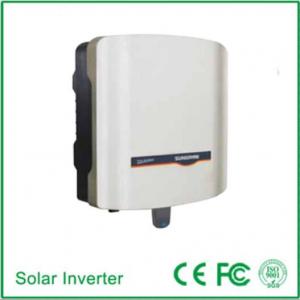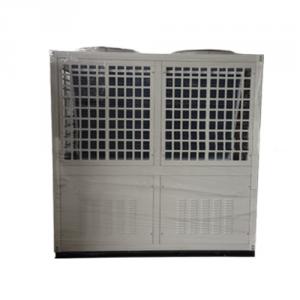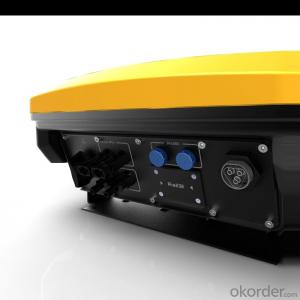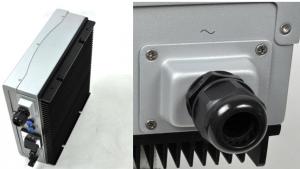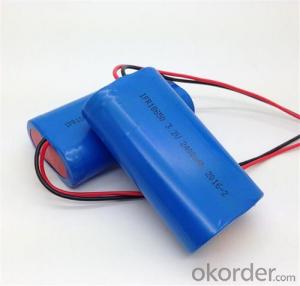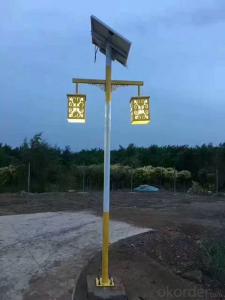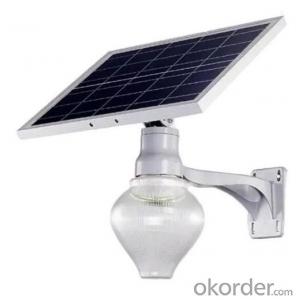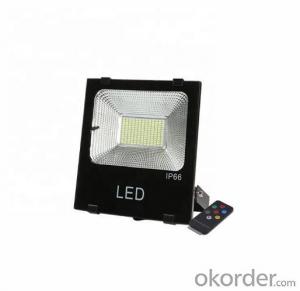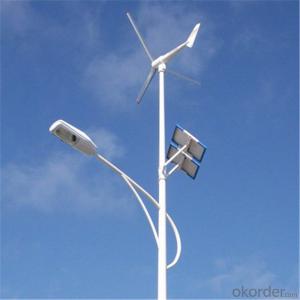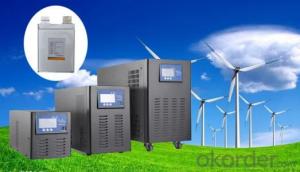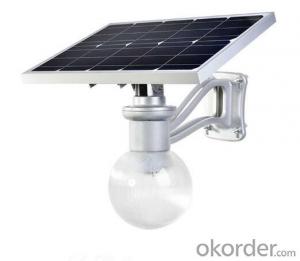Solar Inverter Inverter
Solar Inverter Inverter Related Searches
Inverter Solar Inverter Solar Solar Inverter Solar Controller Inverter Solar Converter Inverter Inverter Solar Solar Charger Inverter Inverter Solar Controller Solar System Inverter Solar Panel Solar Inverter Solar Inverter Inverex Solar Inverter Solar Panel Solar Electric Inverter Inverter Controller Solar Solar Energy Inverter Solar Panel Inverter Power Inverter Solar Inverter Charger Solar Sun Solar Inverter Solar Panels Inverter Inverter Battery Solar Charger Home Solar System Inverter Battery Inverter Solar Solar Module Inverter Solar Generator Inverter Solar Battery Inverter Power Inverter Solar Power Solar Light Inverter Inverex Solar Inverter Solaris Solar Inverter Power Inverter Solar ChargerSolar Inverter Inverter Supplier & Manufacturer from China
Solar Inverter Inverter is a crucial component in the solar energy system, responsible for converting the direct current (DC) generated by solar panels into alternating current (AC) that can be used by electrical appliances and fed into the power grid. This product plays a vital role in ensuring the efficient operation of solar power systems, making it an essential part of any renewable energy solution.The application and usage scenarios of Solar Inverter Inverter are vast, as they are integral to both residential and commercial solar power installations. They are used in off-grid systems to power homes and businesses in remote areas, as well as in grid-tied systems where excess energy can be sold back to the utility company. Additionally, Solar Inverter Inverters are employed in large-scale solar farms and utility-scale projects, contributing to the global shift towards clean and sustainable energy sources.
Okorder.com is a leading wholesale supplier of Solar Inverter Inverter, offering a wide range of products to cater to the diverse needs of customers worldwide. With a large inventory that includes various models and capacities, Okorder.com ensures that clients can find the perfect Solar Inverter Inverter to suit their specific requirements. By providing high-quality products at competitive prices, Okorder.com has established itself as a reliable source for solar energy components, helping to drive the adoption of renewable energy solutions globally.
Hot Products








